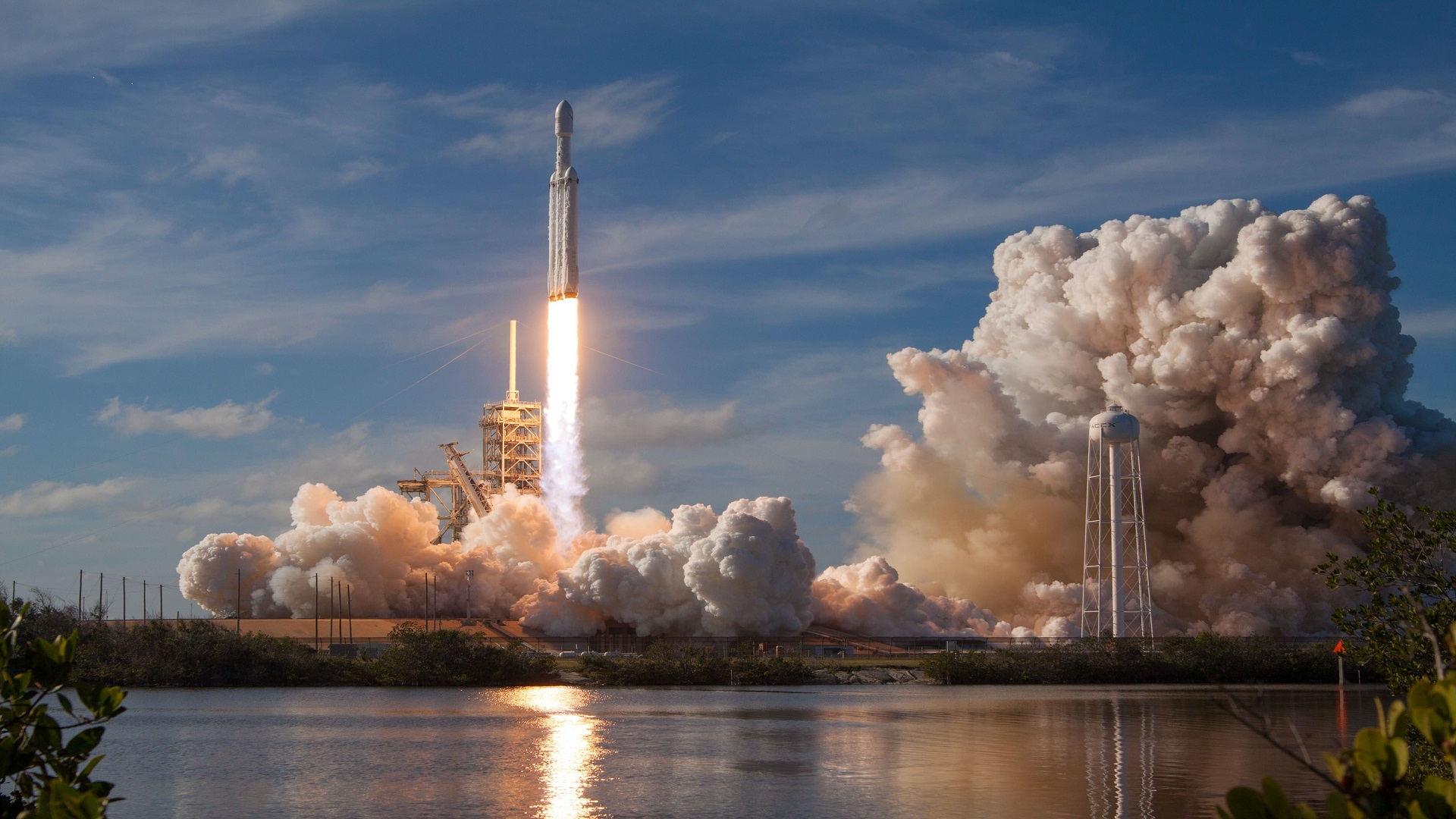Since the new space race has begun, we are starting to see “new space” companies pop up that are basically tech startups: highly motivated, enthusiastic, driven individuals who are committed to their mission and will do “what’s right” to achieve their goals. Additive manufacturing (AM), or 3D printing, is a tool they can use to help achieve their goals. For metallic components on spacecraft or even on the launch pad, AM is, simply put, propelling the next generation of space exploration.
In the last few years, we have seen tremendous success in the public and private space exploration industry. The legendary William Shatner (Captain Kirk of “Star Trek” fame) took a ride on Blue Origin’s New Shepard vehicle when he was 90, becoming the oldest person to go to space. SpaceX’s Starship has a new tentative launch date for late 2022. Virgin Orbit launched satellites from the Mohave Air and Space Port, and they are on target to launch from the U.K. in coming months. Firefly had its first successful flight, and Astra also returned to launching from its Alaska facility. NASA’s Artemis mission got underway and, though pushed back, will resume when it is safe to do so. Many others continued making progress, including Rocketlab, ABL Space, Stoke Space, Venus Aerospace, and Firehawk.
The conversation of using AM for space exploration has continued unabated. For example, Relativity Space announced its intention to launch in late October 2022. This is significant, given that a large proportion of its vehicle is produced using AM processes, such as wire-arc additive manufacturing (WAAM) and laser-powder-bed fusion—also called laser metal fusion (LMF).
Read more here.
SME is a nonprofit association of professionals, educators and students committed to promoting and supporting the manufacturing industry. SME helps manufacturers innovate, grow and prosper by promoting manufacturing technology, developing a skilled workforce and connecting the manufacturing industry.




